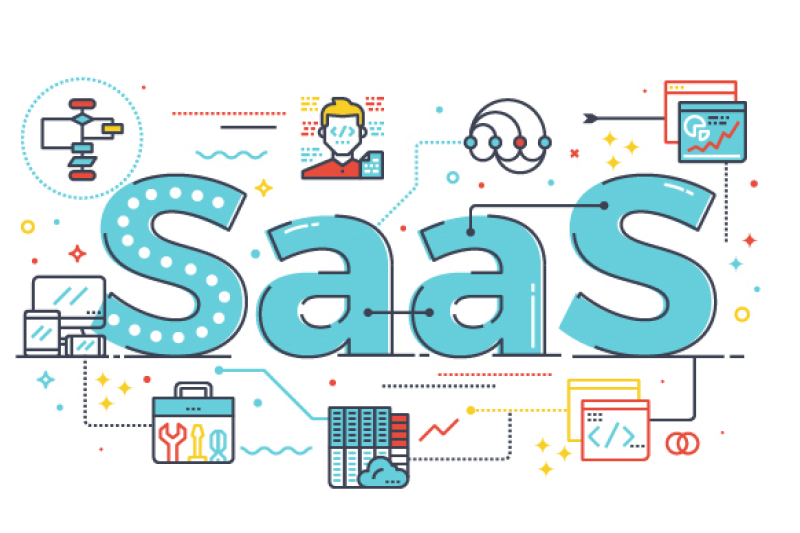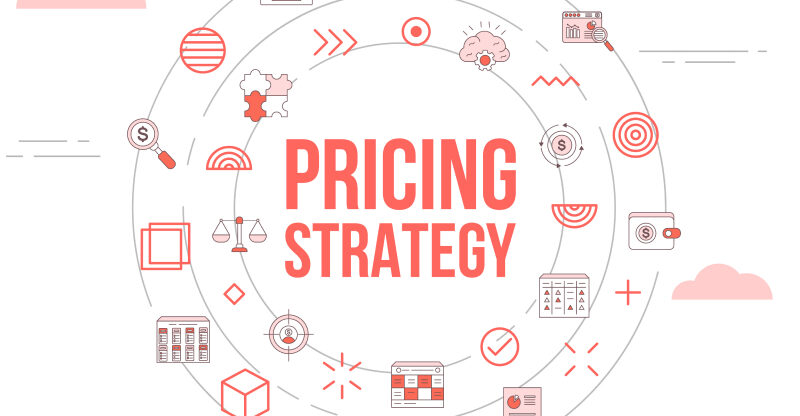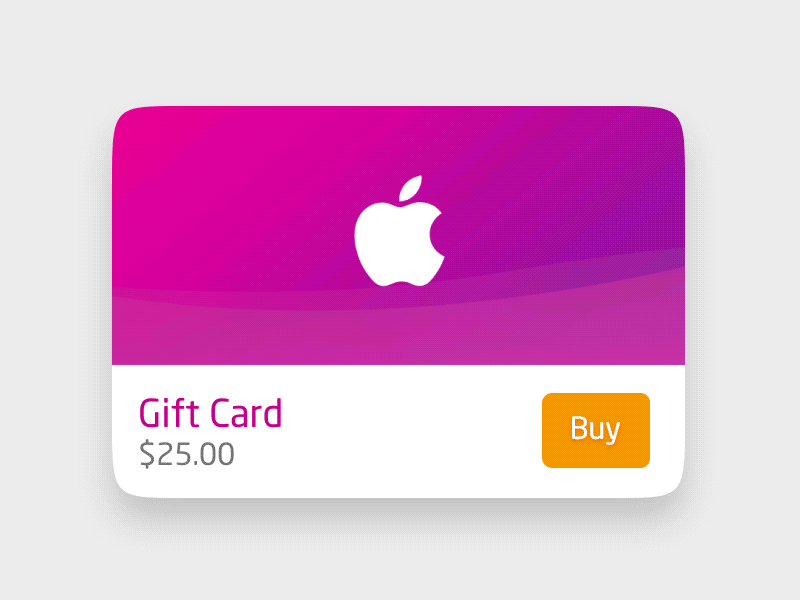Rise of Usage-based Pricing Strategies Among Startups
A decade ago, if you inquired about instances of usage-based recurring billing, the most likely responses would have been limited to utility services. While it’s true that taxis have employed mileage-based charges for many years, it’s essential to understand that you pay these fees as you use the service, bit by bit. As time passed, usage-based internet provision became a part of the essential services landscape. Additionally, data storage and streaming services gradually embraced this billing model. These transformations occurred concurrently with the rise of cloud computing and software as a service (SaaS) solutions, including SaaS Billing solutions. Click here to delve deep into the SaaS industry’s billing platform for usage-based pricing models.
Intersection of Usage-Based Billing, SaaS, & IoT- A Closer Look
Usage-based charging, SaaS, and a significant amount of the Internet of Things (IoT) are converging. The hunger for subscription-based businesses is growing due to technological advancements. Many consumers now prefer making smaller, recurring payments for product consumption rather than making a one-time, substantial purchase. Usage-based recurring billing facilitates the trend’s logical progression.
Usage-based pricing models are used by SaaS companies to charge anything from megabytes to kilometers, leads, and subscriptions. Less than one-fourth of SaaS organizations used it previously, but its use is growing. A 2014 poll revealed that seat-based pricing was utilized by 37% of SaaS companies, whereas just 23% used usage-based pricing.
Those figures have increased as of 2021. A poll by OpenView Partners found that 39% of SaaS organizations charge customers based on consumption, a 16% growth in just 7 years. What, therefore, accounts for this gradual rise in usage-based recurring billing? Let us discuss
Accessibility of Usage-tracking Technology & Its Impact on SaaS Billing
The IoT has grown rapidly during the past ten years. By the year 2020, there will be 31 billion IoT devices in use worldwide. Their projected usage in 2025 is predicted to be between 41 and 75 billion. Several industries, like agriculture, transportation, healthcare, utilities, and retail, are using IoT devices to power usage-based billing models for SaaS solutions, including SaaS Billing solutions. Companies and organizations use IoT devices to track anything from trip distance to refill items requested and then charge customers accordingly.
Of course, not all SaaS companies operate in the IoT sector. There are several more factors, in addition to the IoT, that have contributed to an upsurge in usage-based billing and pricing. Usage-based recurring billing makes sense for scalable services like customer relationship and marketing automation management. By providing customers with usage-based pricing, you give them the option to progressively increase their expenses until they’re prepared to switch to a whole different plan.
Usage-based pricing is also an excellent fit for other SaaS models, including seasonal services. For instance, at specific seasons of the year, a trucking and fleet management company may have more cars equipped with GPS monitoring devices on the road. During the holidays, the company would need to expand its fleet in addition to the GPS equipment and related services to meet an increase in demand. After the holidays, it might reduce its use of automobiles and want to turn off gadgets and services in order to avoid paying for things that aren’t being used.

Optimizing SaaS Sales With Usage-based Pricing & Billing Strategies
The content below is based on insights from the renowned metering and user-friendly billing platform, Togai.
Customers choose recurring, lower cost use over owning
When business leaders are looking to expand their tech tools, making it easy for them to get started can boost your SaaS sales. A usage-based pricing option allows customers to have full control over their spending as they try out your SaaS product, including SaaS Billing solutions (https://www.togai.com/blog/need-for-saas-billing-software/) . This way, customers can manage their budget and stop using the product when they reach their spending limit, ensuring an optimal user experience at a cost they can manage.
While some of your customers may currently be small businesses with limited funds, it’s important to remember that their success could come sooner than you expect. Usage-based billing enables these businesses to easily adopt your SaaS solution at an affordable rate from the start and gradually expand as they grow. This means that as their business expands, your SaaS product grows alongside them, potentially resulting in significant revenue gains as they achieve success and increase their usage.
Customer success denotes increased MRR
Usage-based pricing and billing have been made available to customers by many major SaaS vendors. And it’s been profitable for them! This action was taken by HubSpot in 2011 when it expanded its selection of subscription plans by including a usage-based pricing option. When the company went public in 2014, its net retention revenue had almost doubled.
Before introducing usage-based choices, its net revenue retention was around 70%. Additionally, other companies like Twilio, Snowflake, and Datadog have had success with their usage-based services. With this technique, you can successfully acquire and grow your client base while generating expansion MRR without actively pursuing upsell opportunities.
Problem-solving for usage-based recurring billing
Tracking usage becomes complicated when a SaaS company has thousands of customer accounts. Several tools and procedures may be needed to properly organize and rate this usage data for billing. This leads to causing expensive errors. SaaS business executives must use the most recent technology to streamline these processes and reduce mistakes.
The interfaces of advanced technology interact with a company’s usage meter on a per-subscription basis via API. The platform then uses the metered consumption data to determine billing according to the subscription’s pricing parameters. It may also be supplied on a daily or monthly basis.
Final thoughts
Usage-based charging is becoming more popular as a result of consumer preferences and technological advancements. Customers value the low entry barrier that smaller monthly payments provide over a one-time as an expensive solution. Paying simply for what people use is the logical progression of this accessibility and ease made possible by the Internet of Things. SaaS companies can effectively use a usage-based charging model with the correct automated billing system. Usage-based recurring billing continues to play a significant role in influencing the future of SaaS as we advance in the subscription-driven economy. Adopting this billing model can result in improved customer happiness, more money, and a competitive edge in the market, whether you’re in the IoT sector or providing scalable services.









